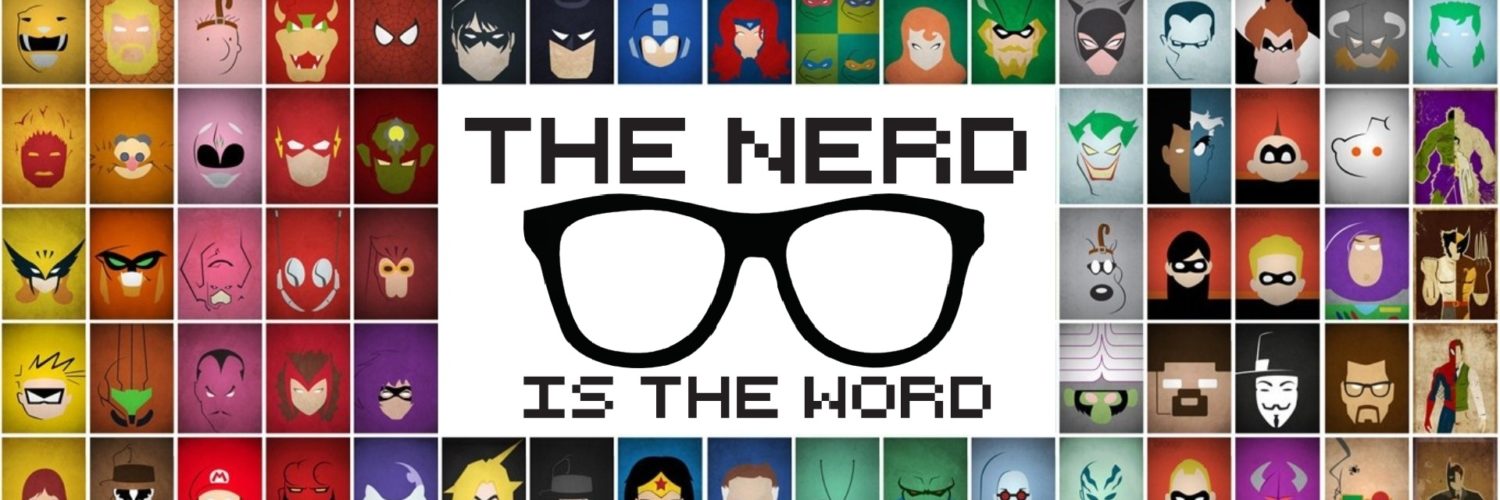
If you have seen the popular Ghibli Studios film Spirited Away (Sen to Chihiro no Kamikakushi, 2001), you have no doubt grown strangely attached to the enigmatic character No-Face (kaonashi). Since his appearance in the Hayao Miyazaki animated universe, No-Face has become an icon about as popular as Tororo (Tonari no Totoro, 1988) and has been immortalized on a large range of both official and fan-made merchandise.
What is the significance of No-Face? Why is he so peculiar, and yet so lovable?
No-Face is truly a unique creation that is not concretely based off Japanese folklore the way many other characters presented in Spirited Away are. He does, however, seem to be presented in the similar fashion of a masked spirit in traditional Noh theatre. Only one character in a single play would typically wear a mask, usually drawing them out as the central intention of the story. The use of masks in this art form is not a way of hiding facial expressions, but rather of codifying the meaning behind a character and stimulating the imagination of the audience. This gives some interpretative importance to the character of No Face in Spirited Away…Could he actually be a main character?

The overall appearance of No-Face in the film seems to be fluid, as he can both be transparent, human-sized, and grow to monstrous shapes. The character displays various types of emotional responses and reactions based on his immediate environment. Additionally, when he devours something or someone, he seems to take on the voice and characteristics of whatever he consumed. He, at first, seems shy and eager to please, becomes frustrated after being rejected, makes himself drunk with attention, and eventually transforms into a horrible greedy beast.

Miyazaki created Spirited Away to teach important world views to young girls, two of them in particular, around the age of ten. He portrays Chihiro, the heroine of the story, as a little girl who is at first a bit spoiled and willfully dependent, and who through a fearsome and exciting adventure, becomes an empowered young lady. It is obvious that No-Face must be a vehicle for some sort of message.
Many fans have thought up and written theories to better appreciate No-Face, and Miyazaki himself has not confirmed anything for sure. He has said in interviews, avoiding a direct answer, bits of information such as “I didn’t want to show them [young girls] something like “the struggle between good and evil.” I wanted to show them the truth about the world.” […] “”Kaonashi is inside of everyone.” No Face is clearly made to be relatable, to stand along with Chihiro as a central character.
Based on this cryptic material, No-Face is, no doubt, a manifestation of the spirit within Chihiro herself, who matures and better understands the consequences of her actions as the story unfolds. It is after all Chihiro who tames the monster No-Face becomes, triggers his regurgitating of all he has devoured, and returns him to his more wholesome state. As she herself has become a responsible and assertive person, she disciplines No-Face into a docile and well behaved child, before finally seeing him adopt the patience of an elderly woman. The transparency of No-Face is meant to incarnate the moods of desires of characters, including Chihiro, but also of all people. No-Face wants affection like everyone and gets caught up in the pleasures of complexities of the material world. He becomes peaceful when Chihiro solidifies her self-reliant will, and rejects the demands and influences of the universe around her in favour of her own goals. No-Face is a quaedam, a blank state where all viewers can see their own weaknesses and the way of conquering them.

Though the film Spirited Away has now been released for over 15 years, the character of No-Face is still a hit. He’s simply adorable as a naïve and impressionable child-like spirit, trying to better understand those who surround him. No-Face is very attachable as we can all easily understand to his longing for companionship, his loss of control, and eventual acceptance of self. Next time you see a manifestation of No-Face, whether it’s a spiffy pin at your favorite Geek Market, a silent cosplayer at a Japanese Culture Fair, or a real spirit standing eerily on a bridge, remember the implications that hide behind that mask.

References:
Komparu, Kunio (1983). The Noh Theater: Principles and Perspectives. New York / Tokyo: John Weatherhill. ISBN 0-8348-1529-X.
Atlantiza, (2012), Quoting interview from POSITIF magazine (April 2002): http://anime.stackexchange.com/questions/278/is-no-face-from-spirited-away-based-on-any-traditional-japanese-legends




Leave a Reply